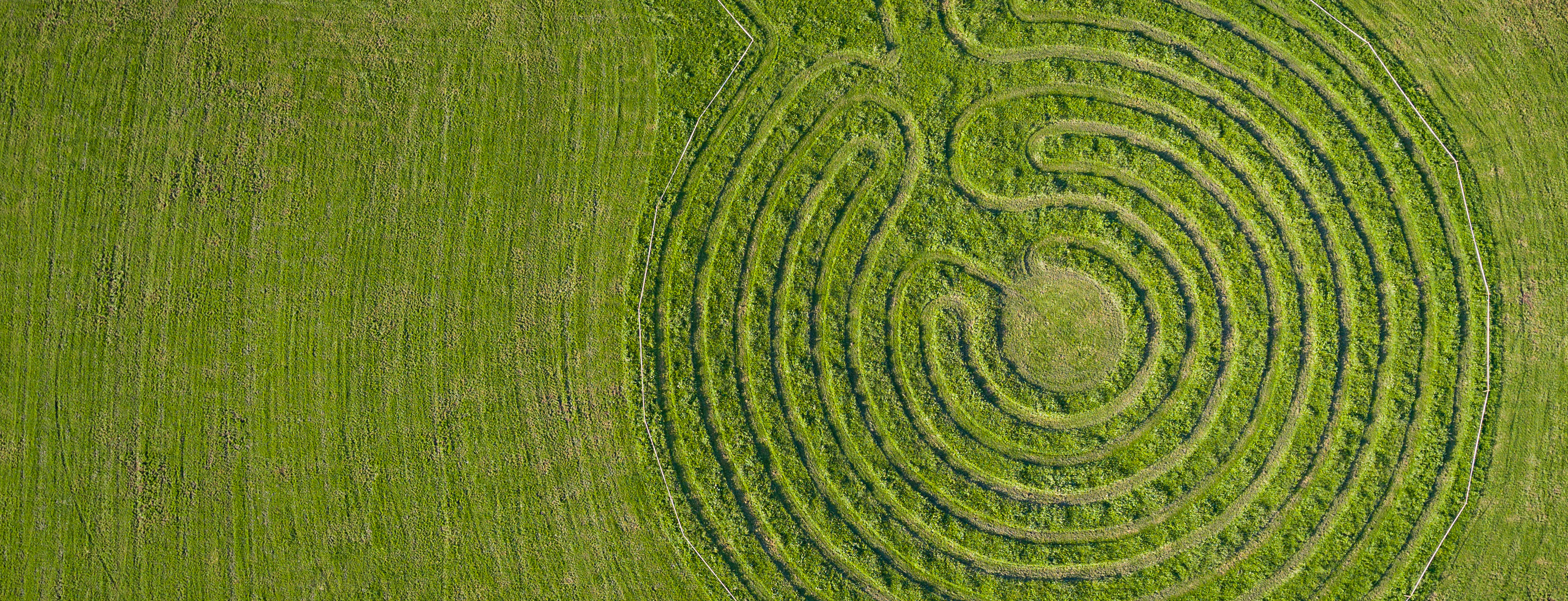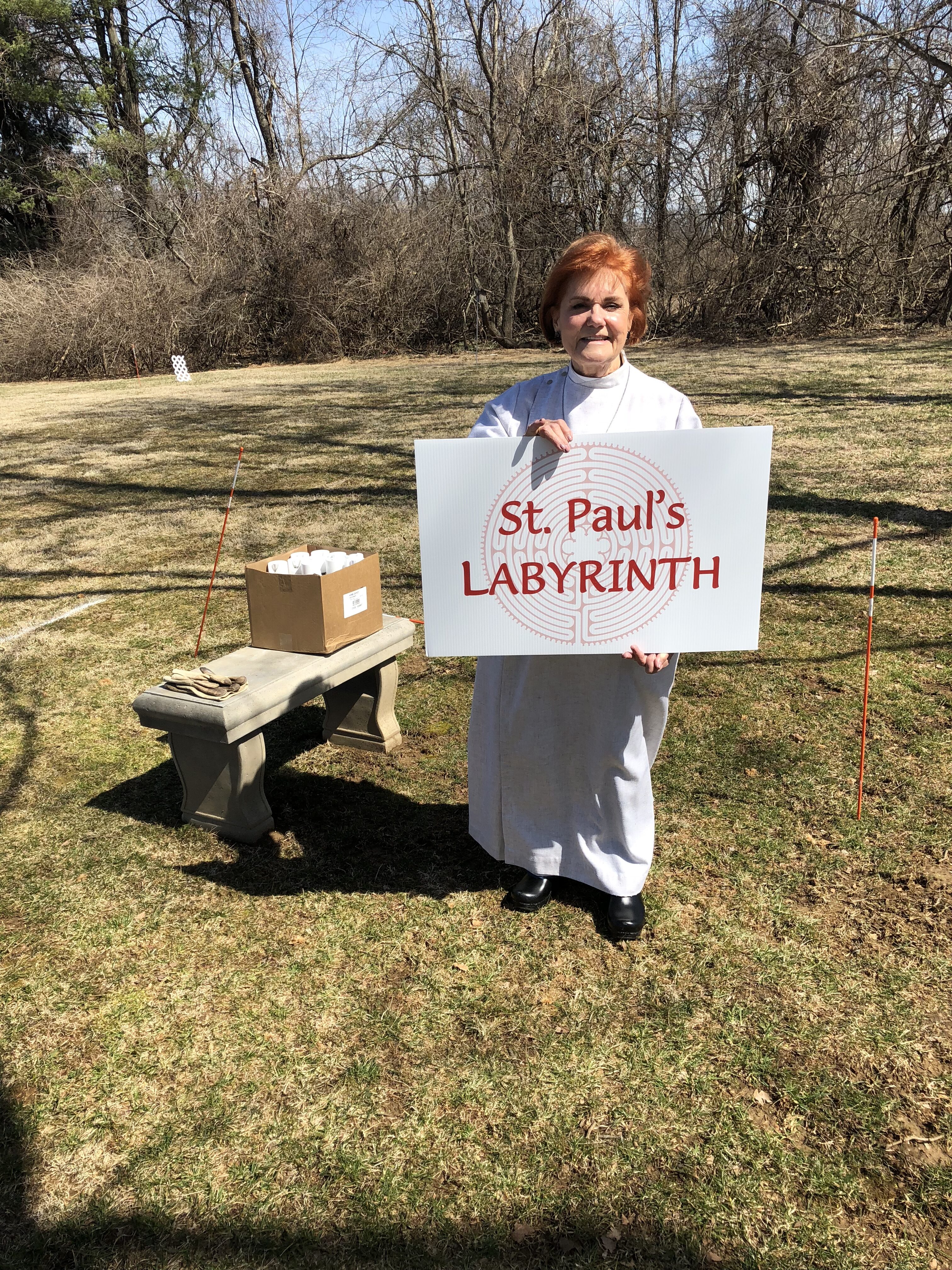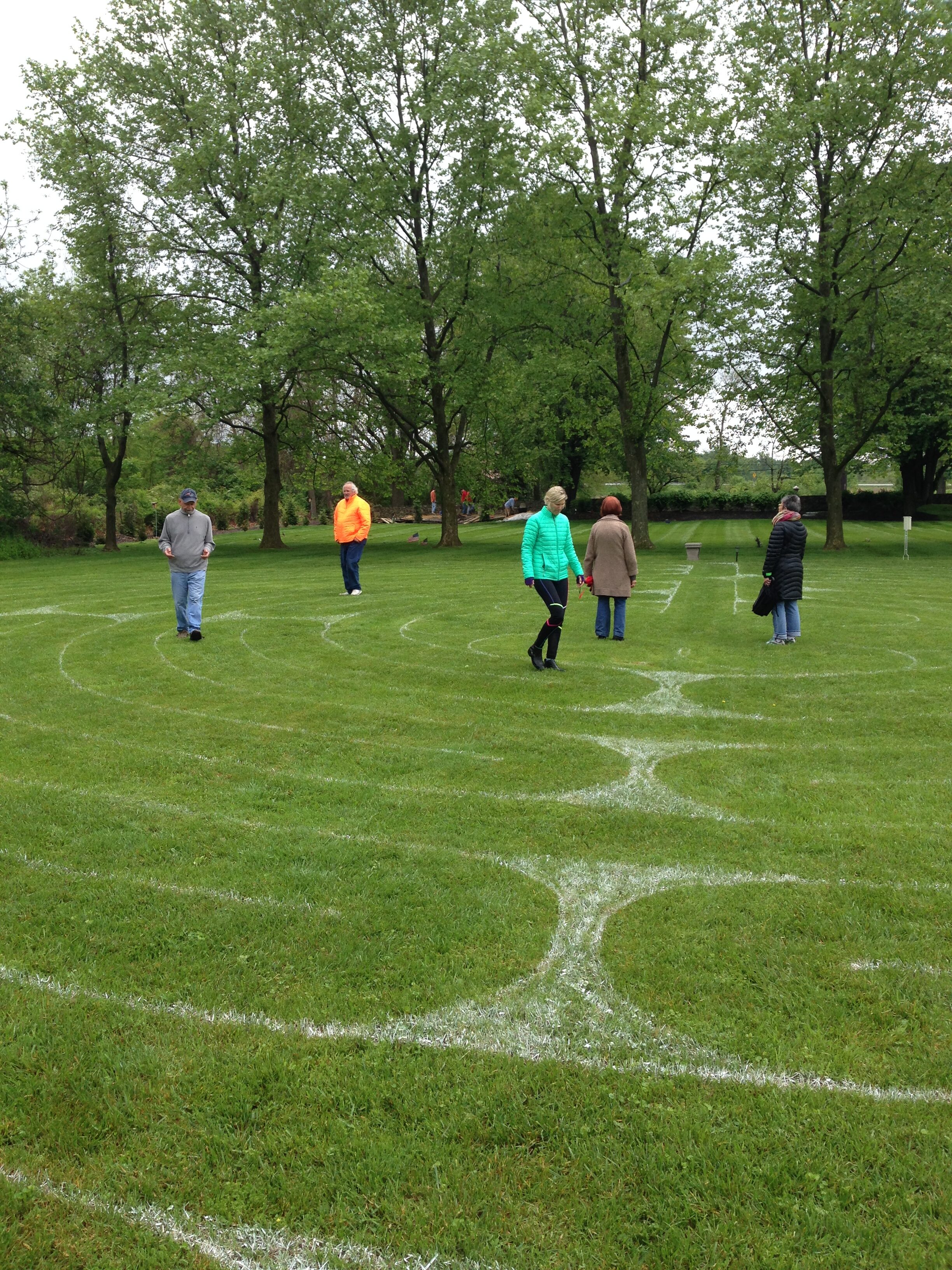You enter the labyrinth and follow the path as it winds its way toward the center. You pause in the center as you like, then turn and exit the labyrinth on the same path you came in, just going the opposite direction. A labyrinth is used for walking meditation. It is a single winding path from the outer edge in a circuitous way to the center. Labyrinths are used world-wide as a way to quiet the mind, calm anxieties, recover balance in life, enhance creativity and encourage meditation, insight, self-reflection and stress reduction.
How do you prepare to walk a labyrinth?
Consider a contemplative question, prayer, or favorite image to hold in your mind before you step into the labyrinth and begin walking. While walking. Just follow the path. As you concentrate on your steps, everything else can melt away.
The three R’s of walking a labyrinth are Releasing, Receiving and Returning/or Reflection.
What type of prayer is a labyrinth?
Praying with a labyrinth is a form of walking meditation, a physical expression of the interior journey towards Christ that characterizes all Christian meditation.



